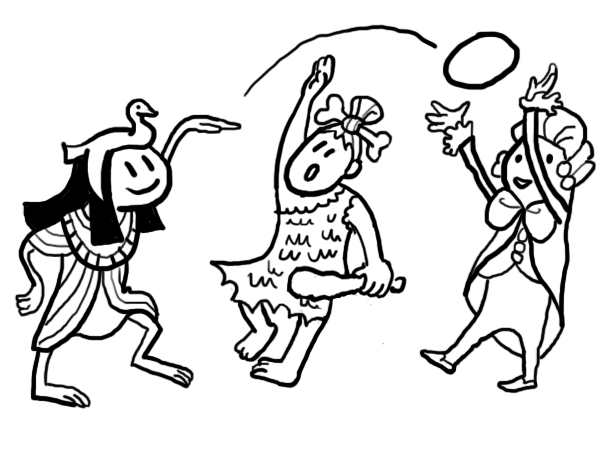Over the last 75 years, the way we look at play has evolved dramatically. In the 1940s, Carl Theodor Sørensen, a Danish landscape architect who championed modern design, began working with Hans Dragehjelm, a school teacher. Together, they worked on the first adventure playground in Denmark, based on Sørensen’s observations of children engaging in play at junkyards. His idea was to design playgrounds based on an analysis of play activity, as opposed to formal or compositional concerns.
Lady Allen of Hurtwood actually coined the term “adventure playground” – referring to a more open-ended style of play where elements such as bricks or pieces of wood were left lying around a space. This allowed children to employ their imaginations, build forts, and engage in exciting and risky play. Hurtwood was a British landscape architect who championed childhood welfare during her lifetime.
In contrast to the development of these adventure playgrounds, architects Aldo Van Eyck and Isamu Noguchi designed playgrounds that relied on simple abstract forms. Despite the different approach, their end goal was similar to that of those designing adventure playgrounds – it was to leave play open-ended and to inspire children to use their imaginations. Noguchi stated, “…the playground, instead of telling the child what to do (swing here, climb there) becomes a place for endless exploration, of endless opportunity for changing play.” For more on Noguchi’s designs and how they may provide lessons for modern play design, please read The Great Playscapes. For one of Aldo Van Eyck’s projects that has been recently restored, see Oosterpark Paddling Pool.
Throughout the intervening years, there was a gradual movement toward creating playgrounds where all risk was eliminated that culminated in the prescribed plastic playgrounds that have been installed in many schools and parks. We ended up with play spaces that lack imagination and that leave children uninspired. However, we are currently seeing a shift away from the overly manufactured playgrounds that have become prevalent over the past decade, back toward more natural forms of play.
Contemporary approaches to play design champion ecological design and nature play, as well as designs that are true to the spirit of a place and that make use of local materials and natural textures. Combined with this is the idea of sustainability, and that often inexpensive or repurposed materials have the highest play value. These designs are about challenge over anxiety, and about re-embracing the idea of adventure play and reinventing what it means today. In addition to this, increasing recognition is being given to the fact that we need to design play spaces that are inclusive and accessible for all children.
Check out the Inspirational Projects section to get some ideas about contemporary play design as you begin thinking about how to apply these ideas to your own school yard project.

